The padded case has enough buoyant foam padding to keep the battery afloat if it is dropped overboard. Photographs by the author
Photographs by the author
Join The Conversation
We welcome your comments about this article. To include a photo with your remarks, click Choose File below the Comment box.


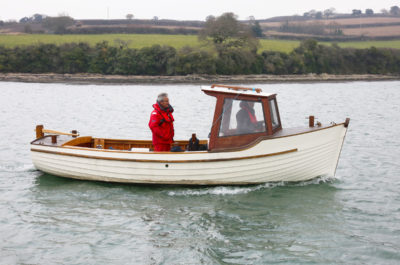
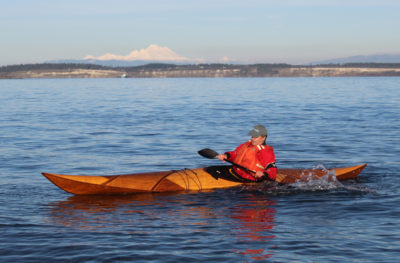

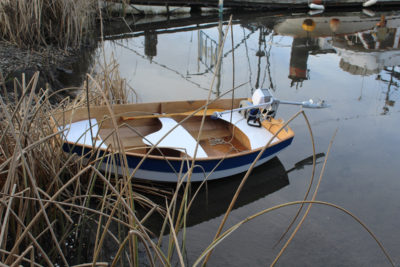
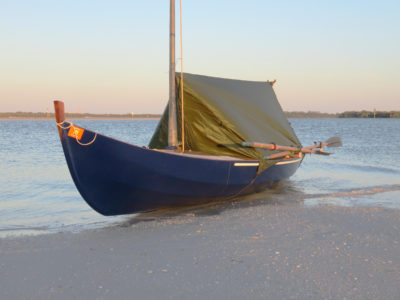
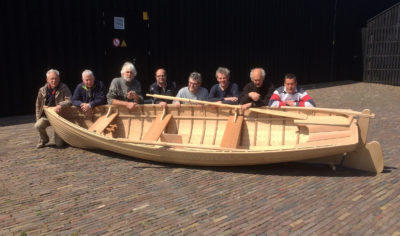

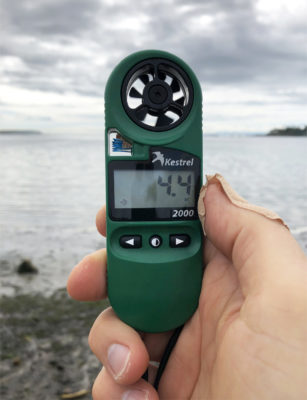
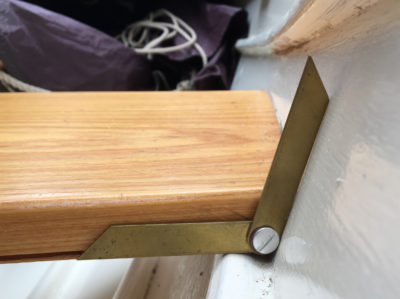

Robb White said, “The amount of time a boat is used is inversely proportional to its size.”
Using Robb’s logic, could we say that the weight of the EP Carry is inversely proportional to its price?
Looks like a good little motor. I’m curious how the long-term battery life will be and how much a replacement is? That will be great in areas that are electric only, lots more of those places popping up and for areas where a kicker is needed to get clear of slips, breakwaters, etc.
As a comparison, our 4-stroke Suzuki 2.5hp weighs 25 pounds and price point is under $800 before tax and shipping. It pushes the O’Day Daysailer to hull speed at 1/3 throttle. Noise? No. Nuisance, yes, when I leave old gas in it and a carb replacement runs over $200 at the dealer. Fuel cost is negligible but I have yet to run tests to see how long a tank of gas would last at max range or max endurance.
The gas outboards get called the “Iron Sail” what will we call the electrics?
Thanks for the review!
Here’s information from the EP Carry web site:
24-volt Lithium Iron Phosphate 9.6 Ah with Custom bag: $460
Batteries are manufactured by K2 Energy. Each battery pack has a lifetime of at least 2000 charge/discharge cycles.
Thanks Chris, that is quite a lifetime!
I would be taking this motor to an area without electricity. Can the battery be recharged with solar cells? If so, does EP Carry or K2 Energy recommend a solar pack?
Hi Bill, Joe from EP Carry here. There are two paths you can take depending on the runtime you need per day. If you only need to recharge once or twice per day, the folks at K2 recommend a direct hookup to the battery terminals from any 24-volt panel under 100 watts rating. The K2 battery has internal charge regulation that keeps the battery from overcharging. With this setup, you can charge and run at the same time from the same battery and on average, a 40-watt panel will charge the battery once per day in unobstructed sunlight with the panel sitting horizontal. If you want to run all day, you’ll need a power point tracker regulator and larger panels. Contact us if you want to spec continuous solar sailing and I can help you put a system together.
What’s the output of the motor. I’m currently using a 4hp gas. Most of the time have 3 or 4 people in the boat.